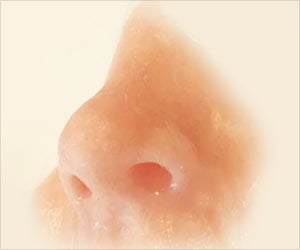Frequently Asked Questions
1. What is the origin of the electronic nose?The concept of the Electronic Nose originated in the mid-20th century and gained prominence in the 1980s and 1990s with advancements in sensor technology.
2. What is the electronic nose in food processing?
In food processing, an Electronic Nose is used to analyze and identify the quality, freshness, and authenticity of ingredients and finished products based on their odors.
3. How much is an electronic nose?
The cost of an Electronic Nose varies depending on factors such as the number and type of sensors, brand, and specific application. Prices range from a few thousand to several tens of thousands of dollars.
4. How accurate is the electronic nose?
Electronic Noses can achieve high levels of accuracy, especially when properly calibrated and trained with a diverse range of odor samples.
5. What is the future scope of the electronic nose?
The future of Electronic Nose technology is promising, with ongoing research focused on enhancing sensitivity, discrimination, and adaptability across various industries.
6. What types of sensors are in the electronic nose?
Electronic Noses utilize an array of sensors, each designed to respond to different chemical compounds. These sensors collectively generate a unique pattern of responses, allowing for accurate odor identification.









